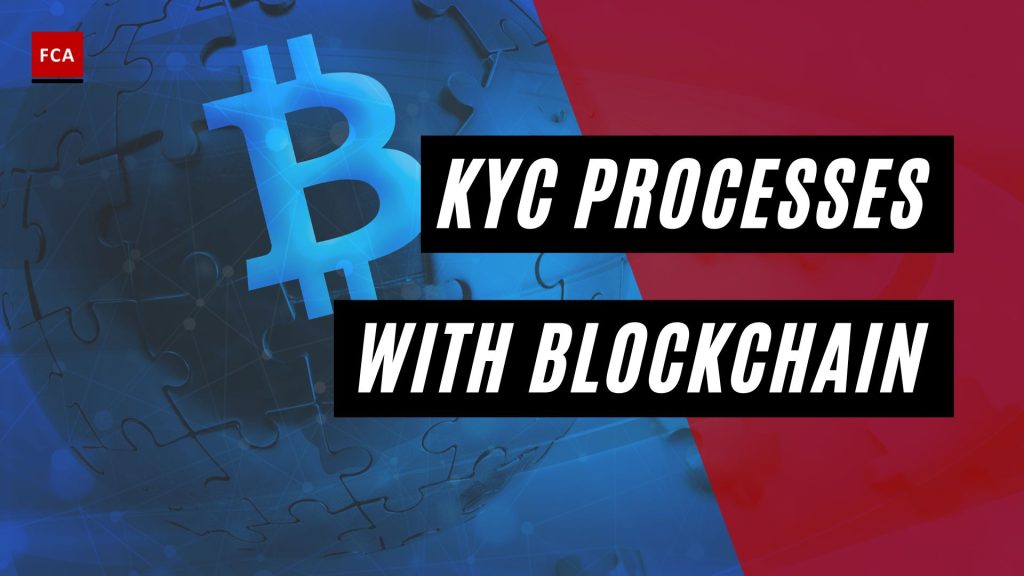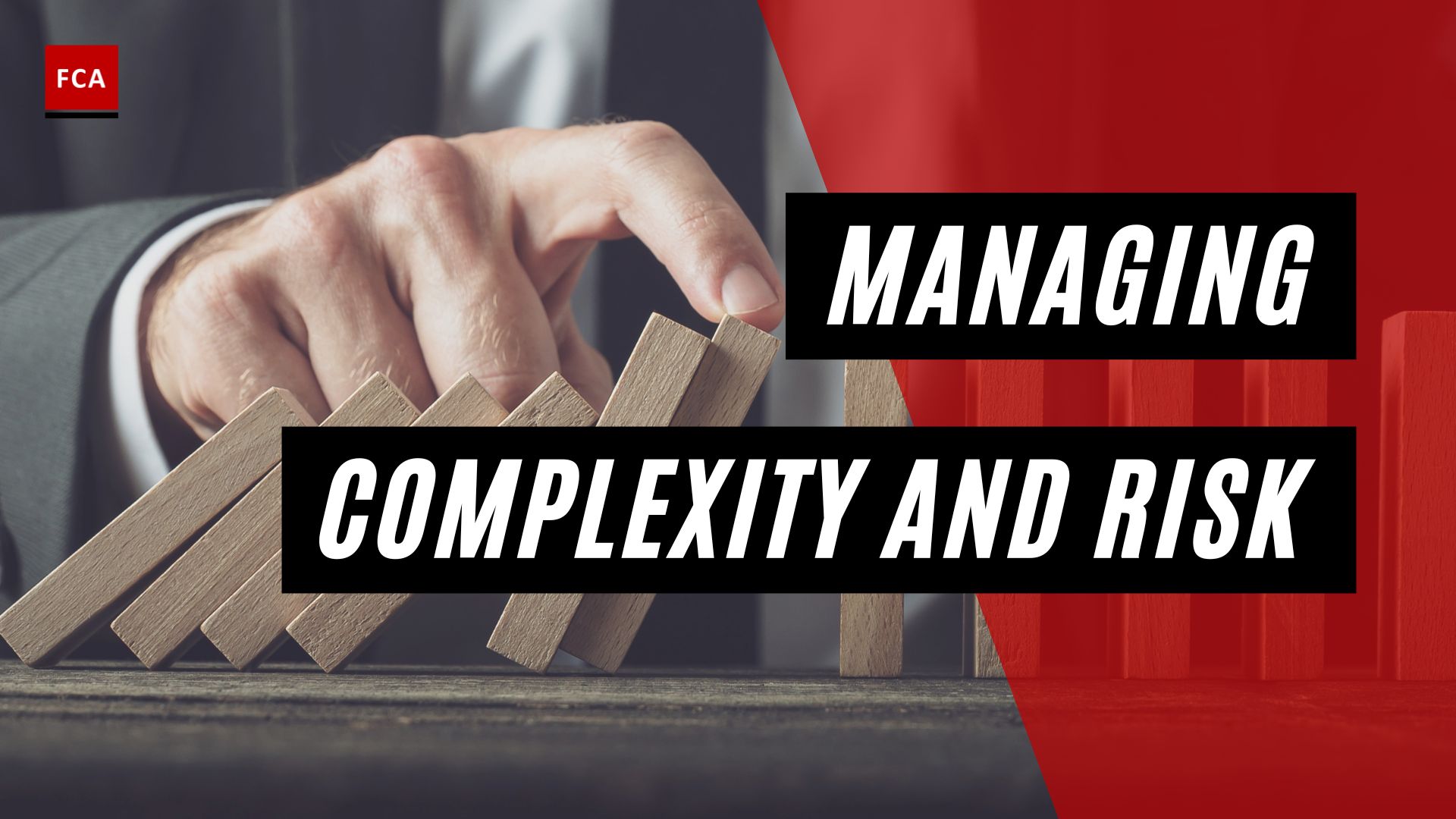KYC processes with blockchain have the potential to redefine the realm of customer verification in the financial industry. By integrating blockchain technology, institutions can create a decentralized and immutable record of customer data, ensuring its authenticity and security.
Once a customer’s identity is verified and stored on the blockchain, it can be accessed and shared across various platforms without the need for repetitive verifications. This not only streamlines the onboarding process but also minimizes the risk of data breaches and fraud.
Moreover, the transparent nature of blockchain offers enhanced traceability, allowing regulators and institutions to easily monitor and audit transactions, thereby further solidifying the integrity of the KYC process.
In the current centralized system, every financial institution comes up with their own set of KYC specifications and documentation. As a result, customers have to comply with KYC requirements with every institution and service provider they use. Even when any of the customer or user details have to be updated after opening account, it has to be notified separately to all the financial institutions and service providers.

KYC Processes with Blockchain
Step 1: The customer or users register themselves on the KYC chain
User completes profile registration as a one-time setup using their identity verification documents. Once uploaded, the data becomes accessible to, say, Financial Institution number 1, let us suppose them as FI1, for verification purposes.
Step 2: User provides access rights of his profile to FI1
FI1 requests access to the user profile, the user provides it. FI1 then verifies the KYC data and saves a copy of the hash value of the uploaded data on the DLT as well as on their private servers.
Now, if the KYC data is altered, the Hash Function of the KYC data under the user profile will not match the one posted on the platform against FI1’s, alerting the other financial institutions on the blockchain of such change.
Step 3: User performs a transaction with Financial Institution 2
Later when FI2 asks the user to perform KYC, the user simply grants access to their user profile to FI2. FI2 then reviews the KYC data with the Hash function uploaded by FI1. If the two match, FI2 would know that the KYC is the same as the one received by FI1.
In case the Hash Functions don’t match, FI2 would have to manually validate KYC documents.
KYC chain reduces the time it takes to process and gather information with very few resources required for monitoring and assessing user behaviour for anomalies. The time and cost saved in turn can be used to find solutions to more complex KYC challenges.
However, blockchain cannot solve all the issues faced in KYC management. After the data is acquired, financial institutions still require to validate the information.
KYC chain when used in combination with other technologies such as AI can showcase high potential to help institutions reduce the cost and time linked with the KYC process.

Final Thoughts
In today’s financial landscape, the decentralization and uniformity provided by blockchain technology presents a transformative approach to KYC management. The KYC chain streamlines the verification process across multiple financial entities, drastically reducing duplication of efforts and promoting efficiency. However, while it offers a consolidated method to verify and update user data, the system isn’t without its shortcomings; the necessity for manual validation by financial institutions persists. Yet, when paired with innovative technologies like AI, the blockchain-based KYC system holds immense potential to revolutionize cost, time, and accuracy aspects of identity verification in the financial sector.








